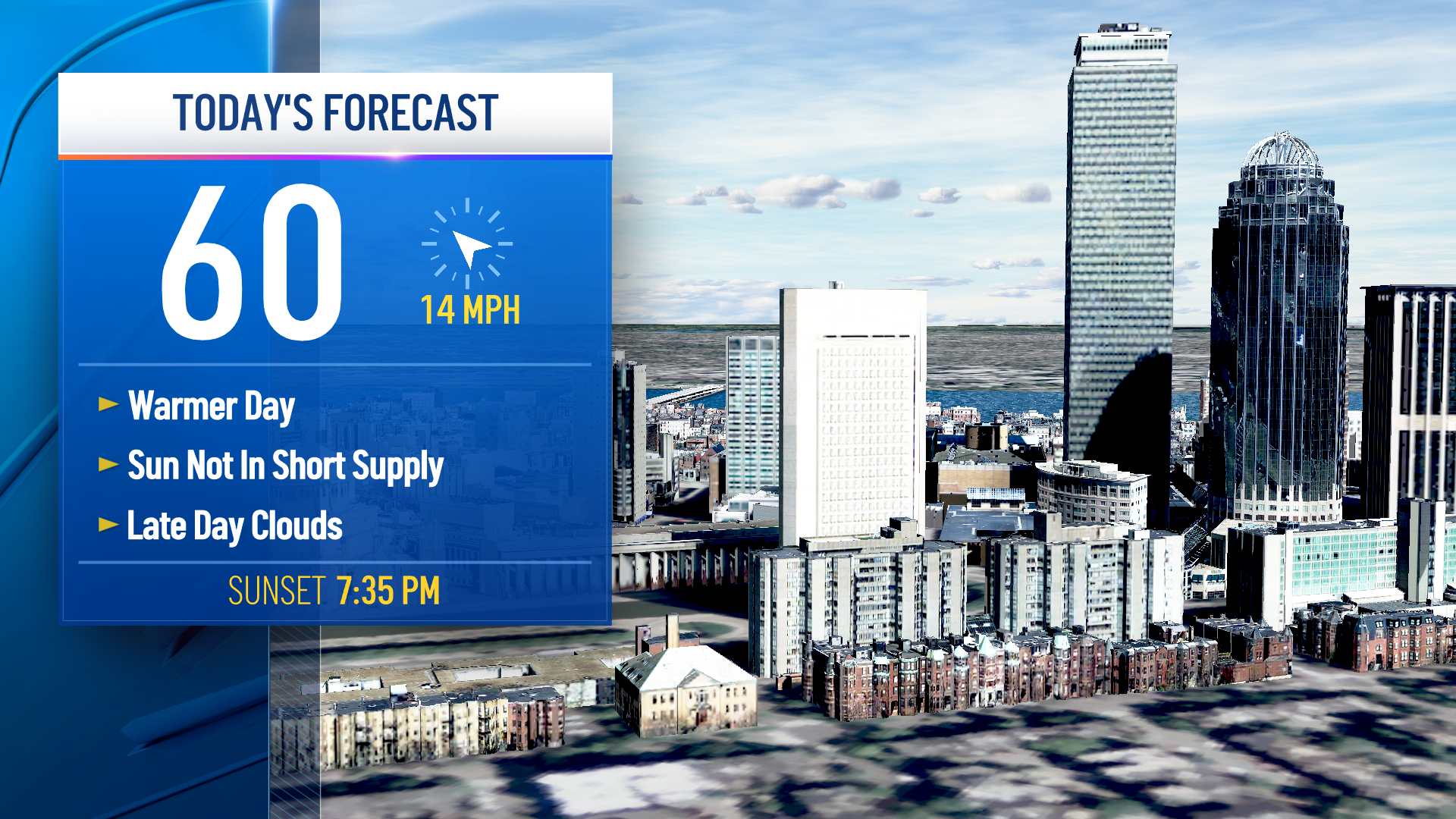(NECN: Peter Howe) - If it seems like a trip to the grocery store has been taking a little more out of your wallet recently -- you're not imagining things. The latest government data show that while overall U.S. inflation is at its lowest level in decades, there has been a noticeable run-up in some food and grocery costs over the last year.
Blame it on everything from the weak U.S. dollar to the cost of energy to how much rain has been falling in Russia.
Karen Bressler, CEO of Agar Supply of Taunton, Mass., one of New England's biggest wholesale food distributors, said, "Recently we're seeing a rise in food prices due to a lot of different pressures in the commodity markets. The price of corn has gone up,'' as have soybeans and other crops used as animal feed, which ultimately drives up the cost of many meats. "Some of these prices are for sure going to be seen through the food chain, from the manufacturer to the distributor to the restaurants and the supermarkets and we're already starting to see some of that.''
One big factor, according to Bressler, is that strong foreign demand has U.S. farmers and growers exporting more abroad. "The dollar is down which makes it attractive for export, oil is up, and beef is being exported as well due to China has increased demand, and there is a drought in Russia.''
What's that translating to for prices? Well, according to a U.S. Bureau of Labor Statistics city average, prices for fruits/veggies are up 3 percent, eggs 7 percent, white sugar 9 percent, milk 10 percent, and beef 13 percent.
What's made the changes in grocery prices particularly noticeable is that they come during a year when overall inflation has been just 1.1 percent.
Of course, what many experts like Karen Bressler say is prices are just getting back to normal after an unusual 2009 when many prices in the grocery store actually dropped amid a weak worldwide economy. "Last year what we saw was deflationary pricing, and that's something we hadn't seen in a long time, or since I can remember,'' Bressler said. "This year, we're just seeing some of that pricing coming back.''
Local
The U.S. Agriculture Department forecasts a 2-3 percent rise in food prices next year, but it's a market highly susceptible to sudden energy or weather price shocks. During the worst of the food price run-up in October 2008, at one point prices were soaring at an annualized rate of 6 percent -- something all consumers can hope we don't see again anytime soon.
With videographer John J. Hammann



